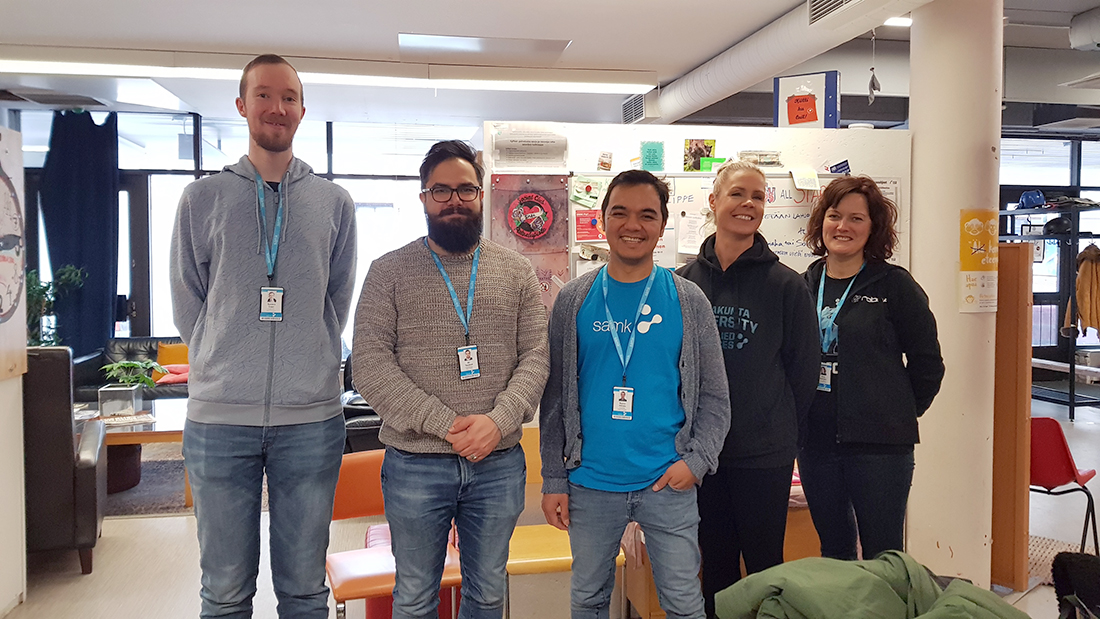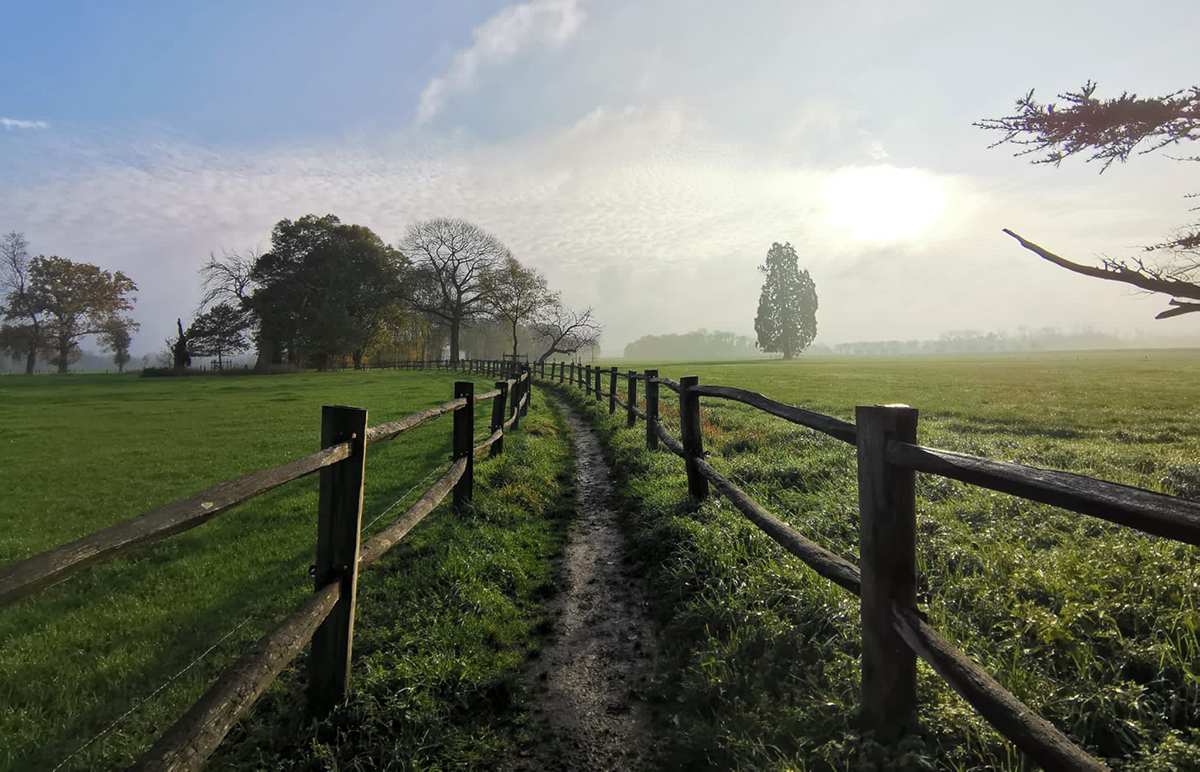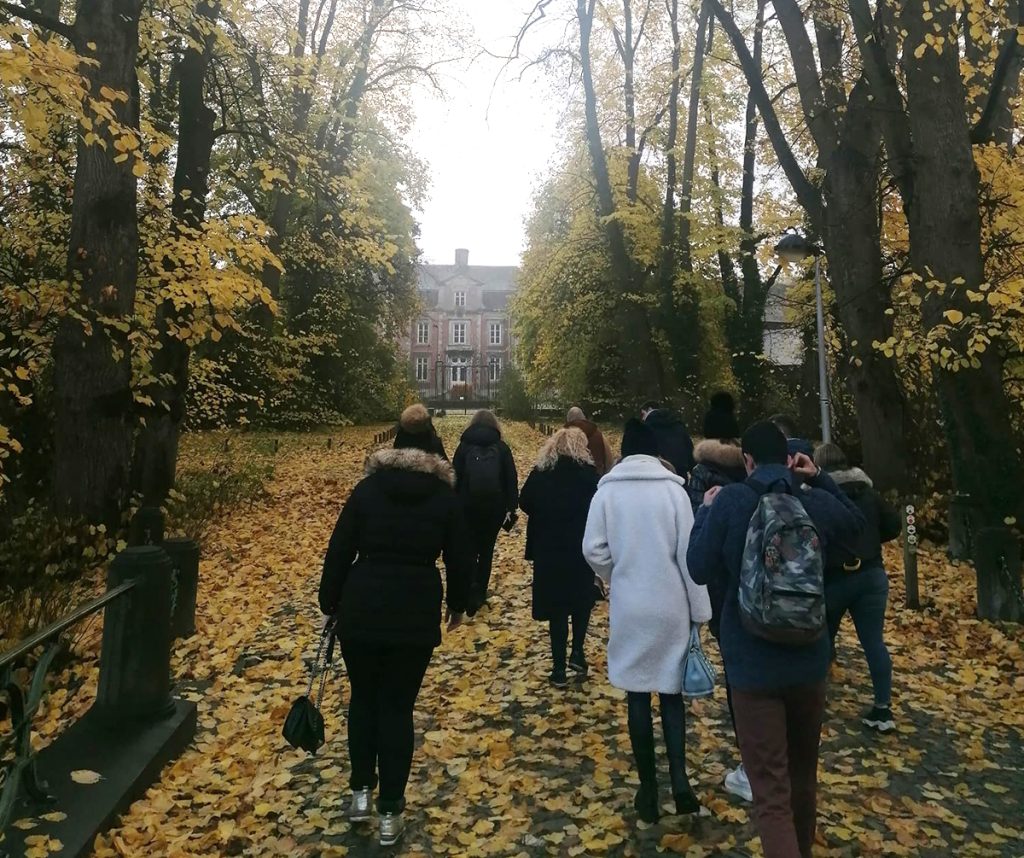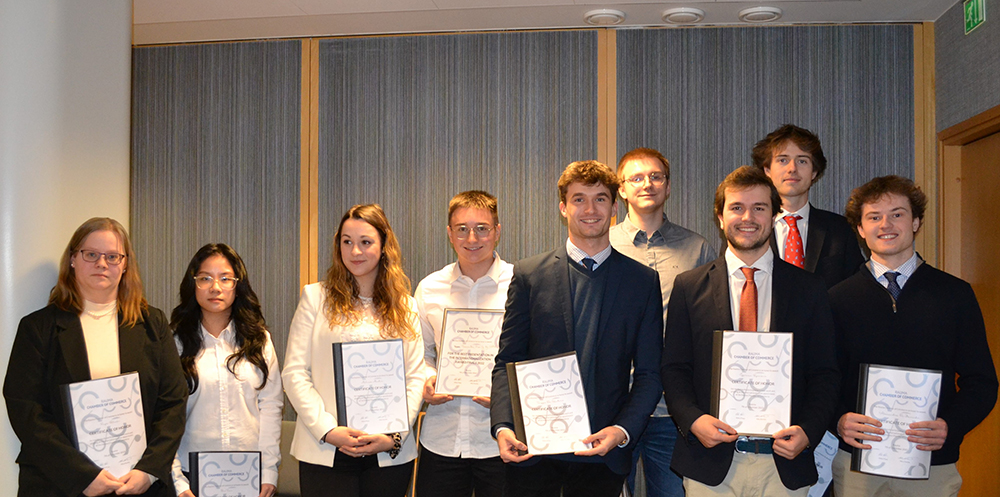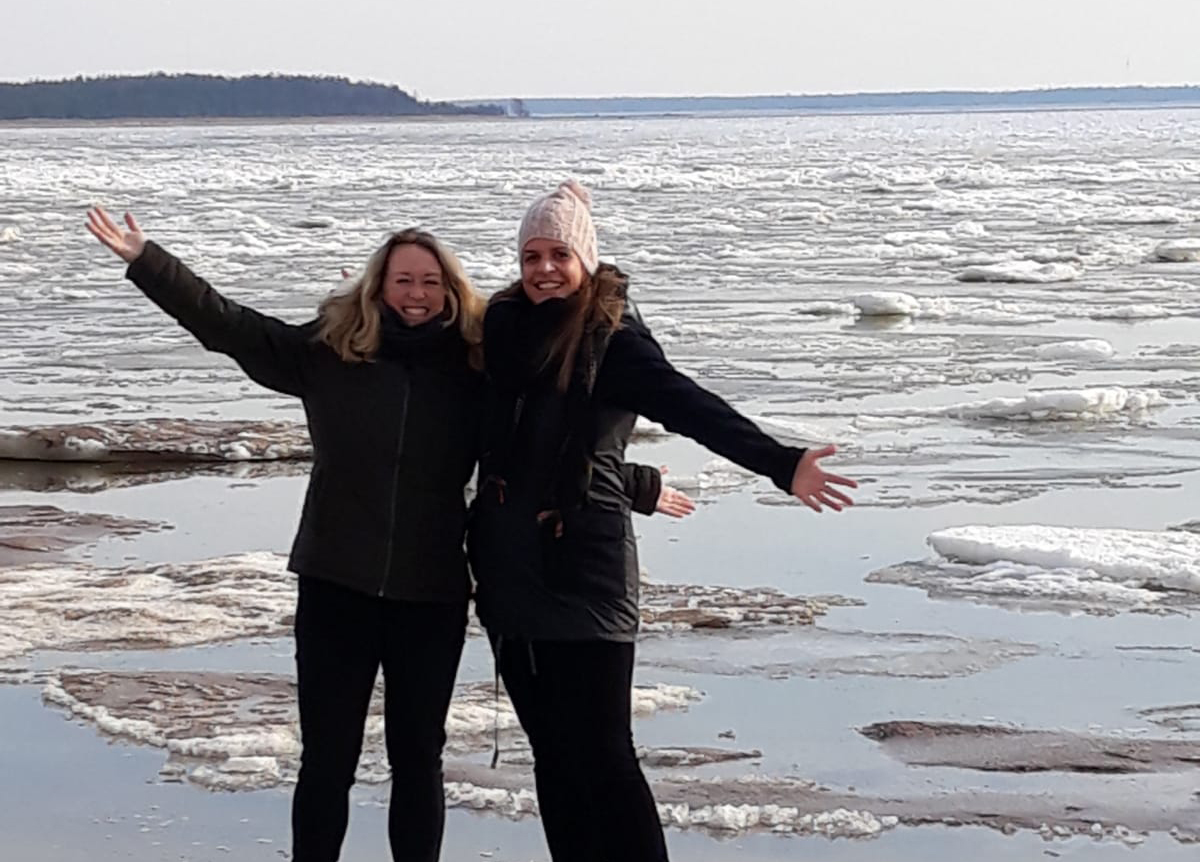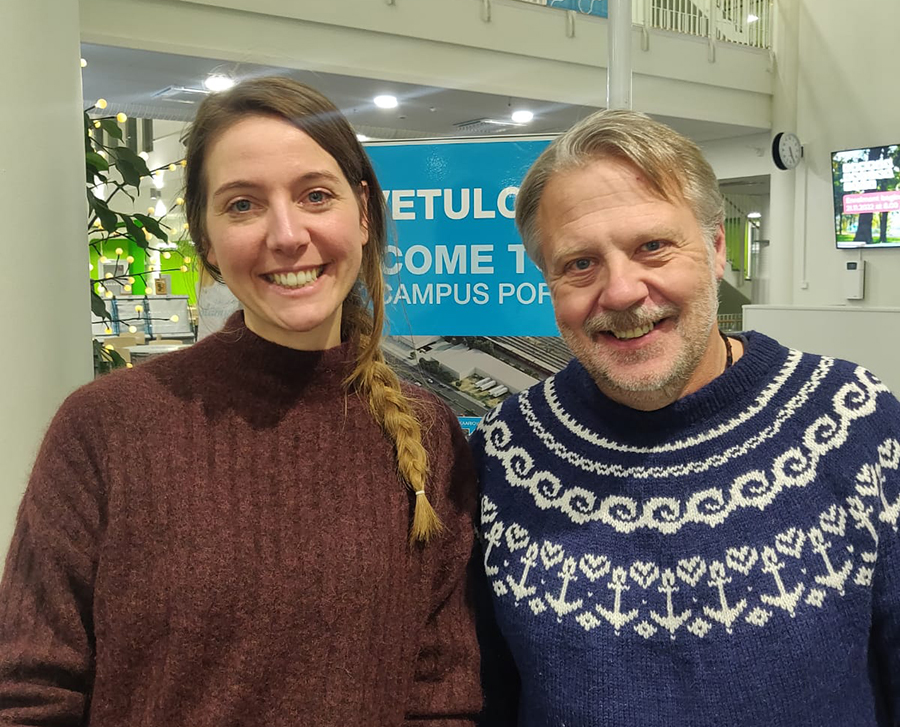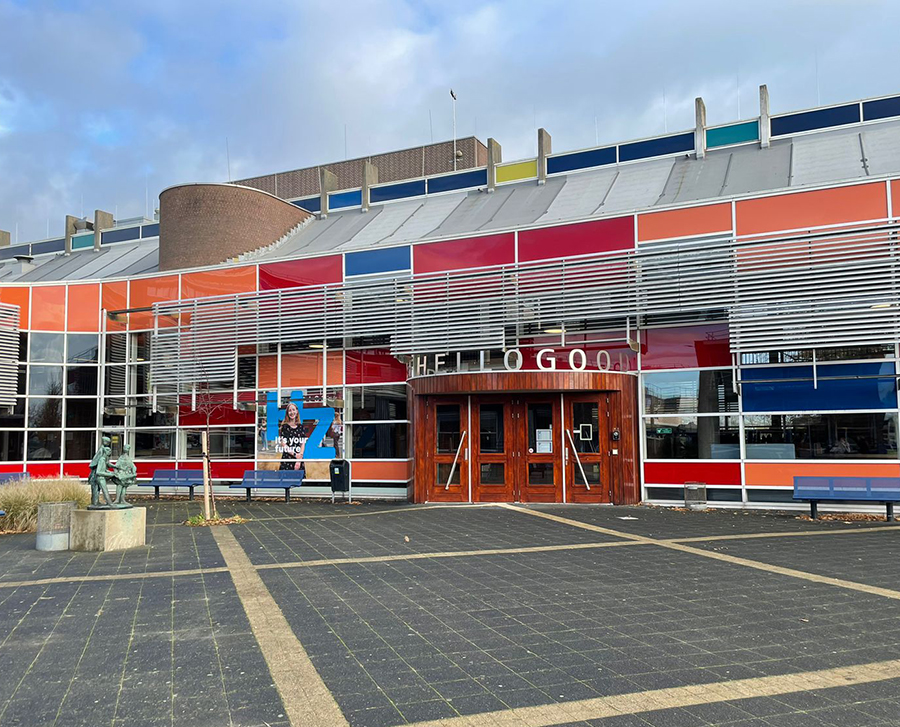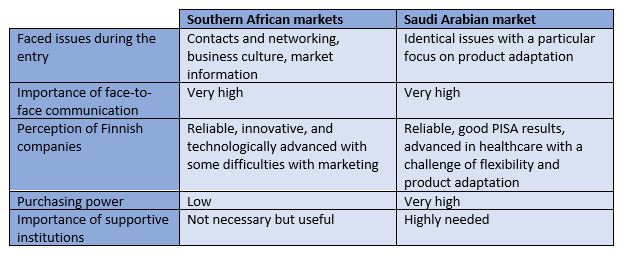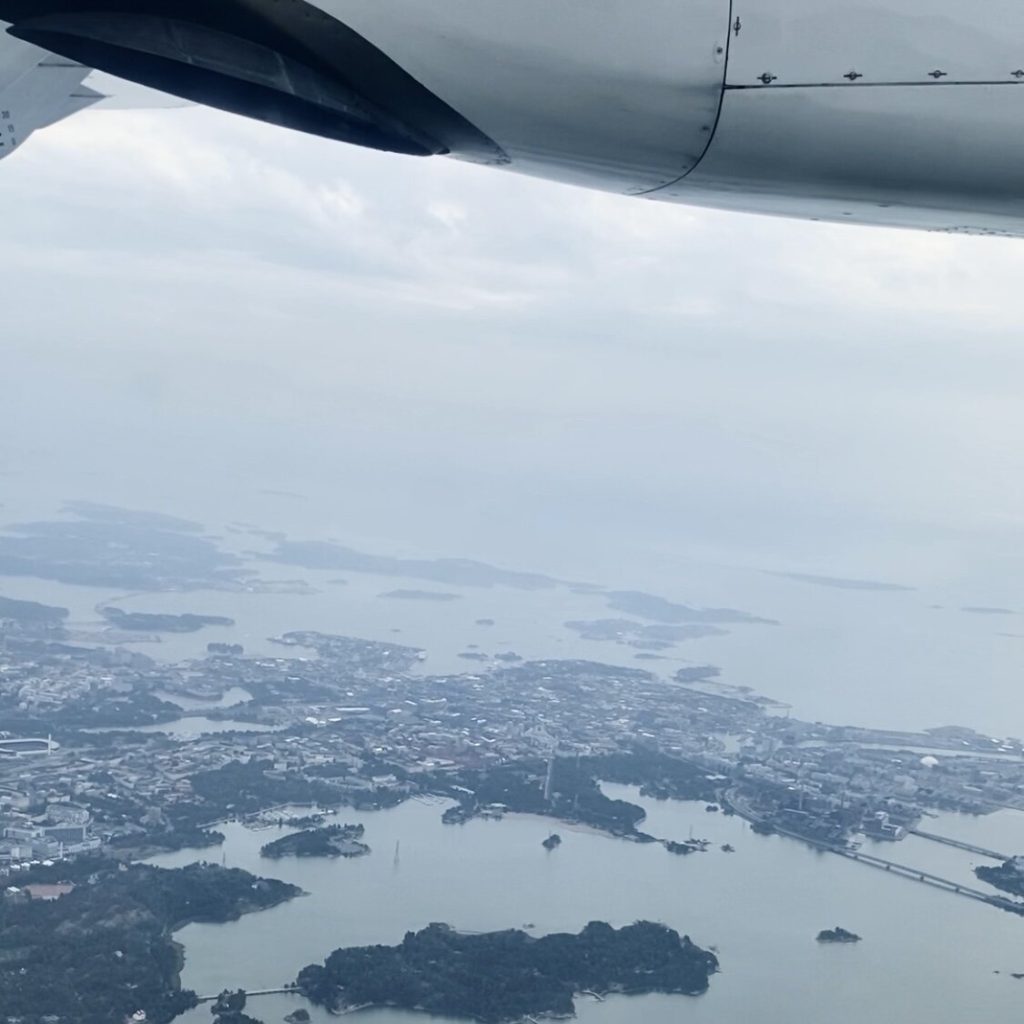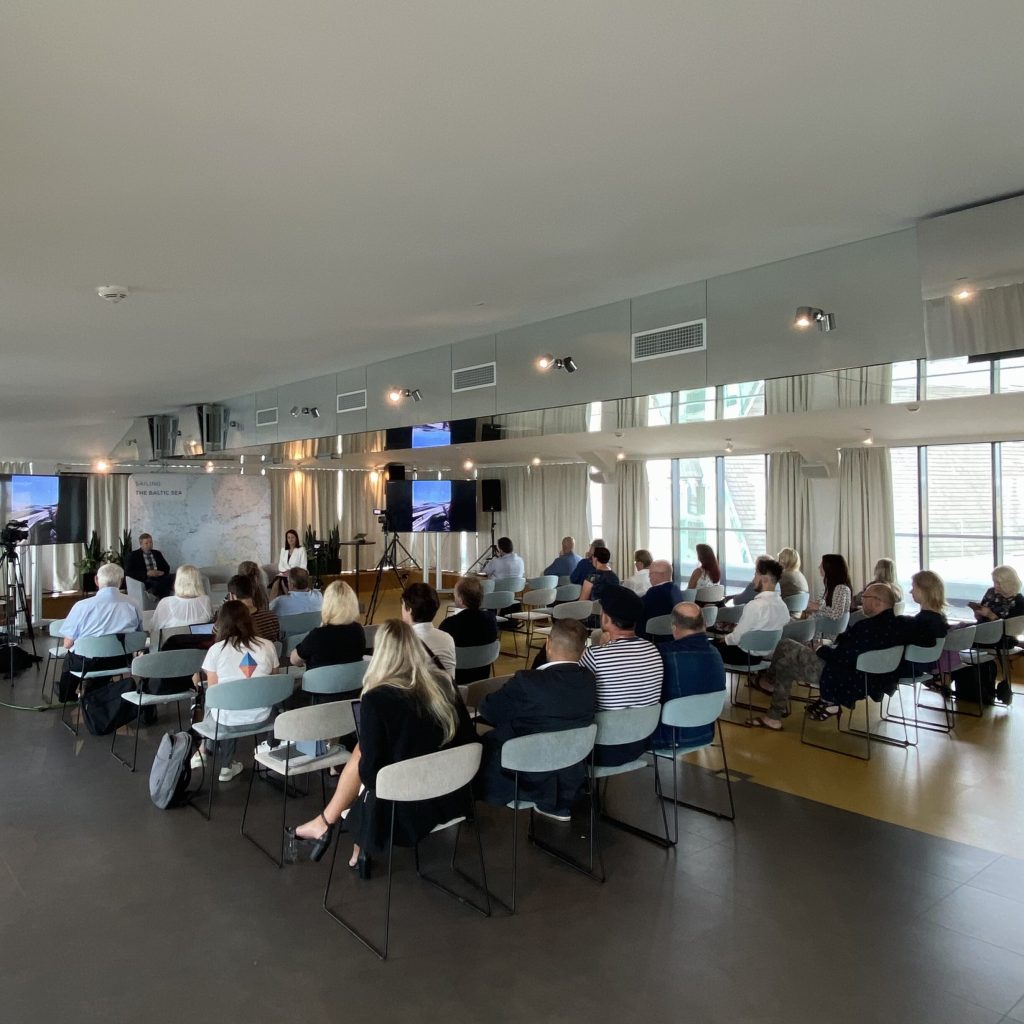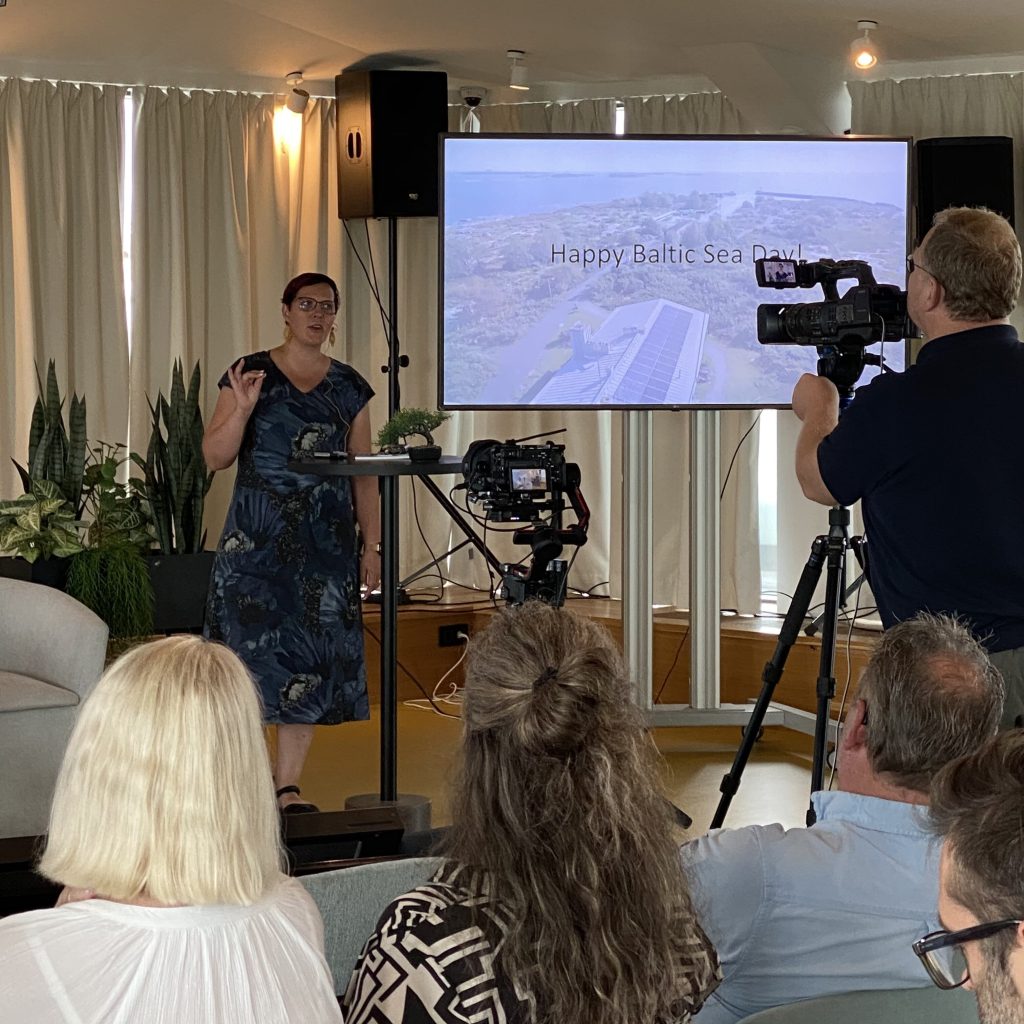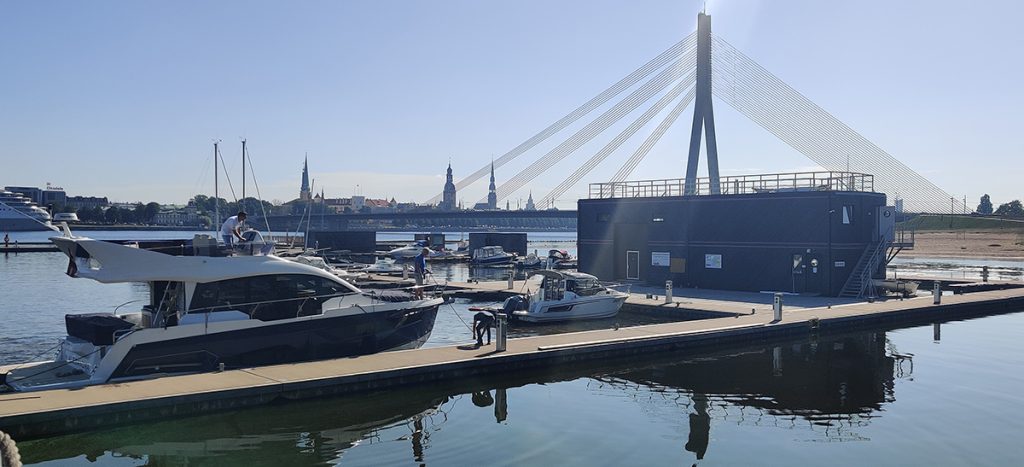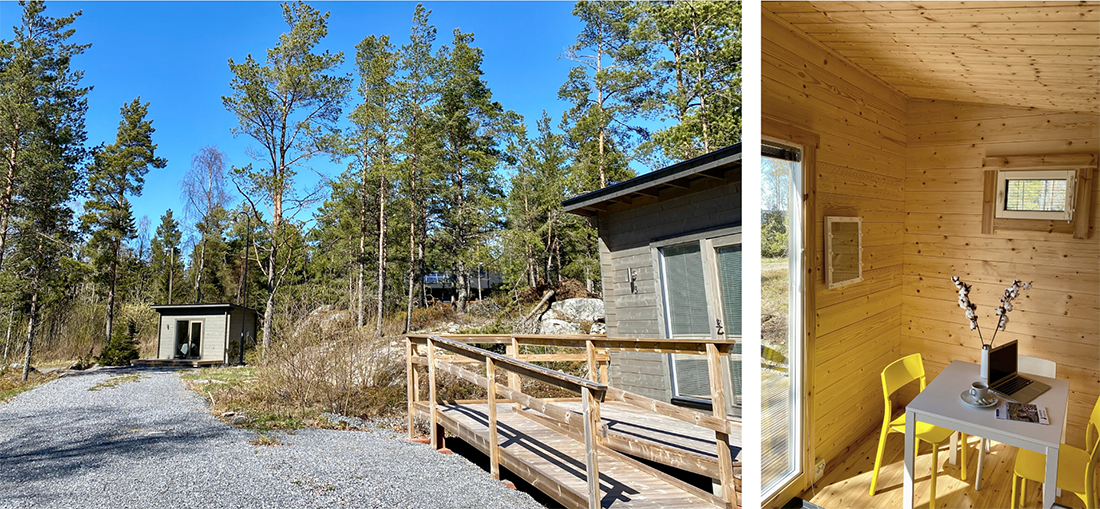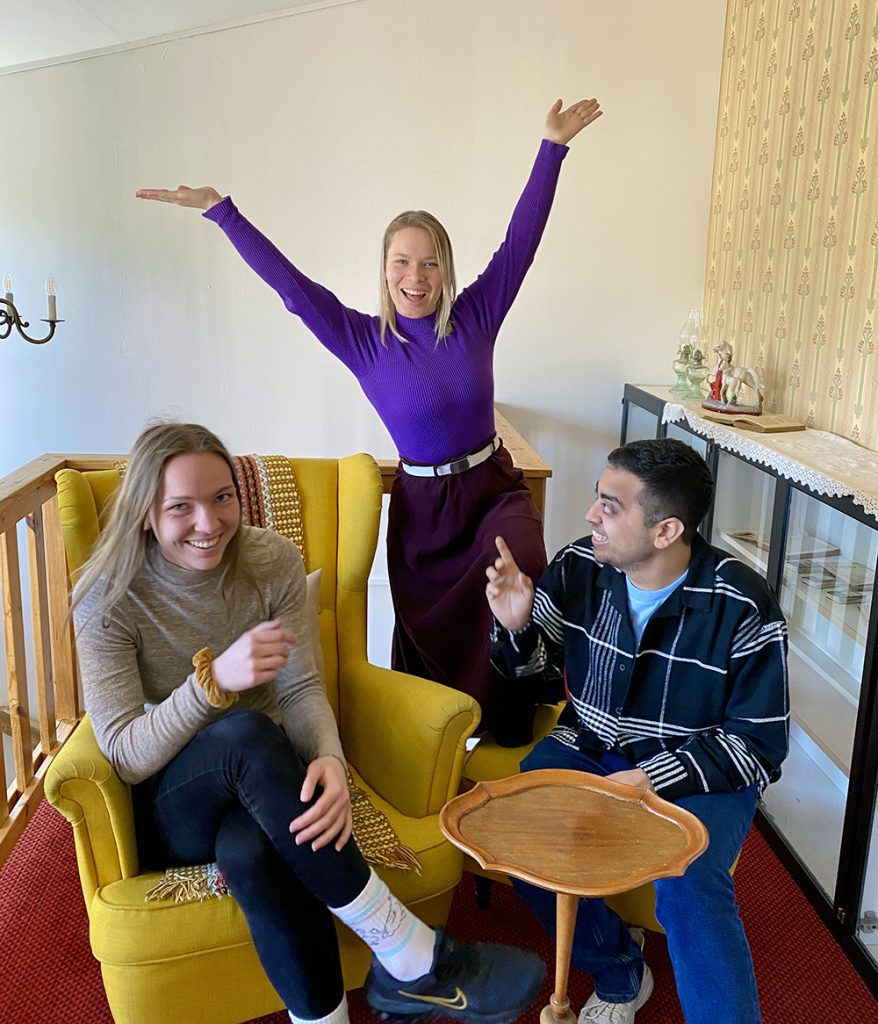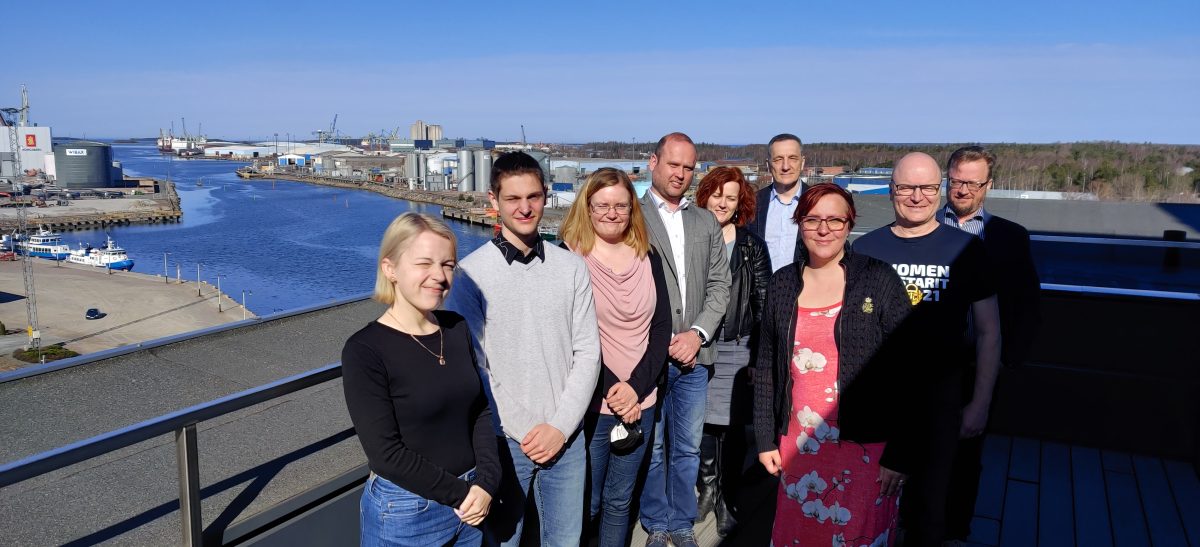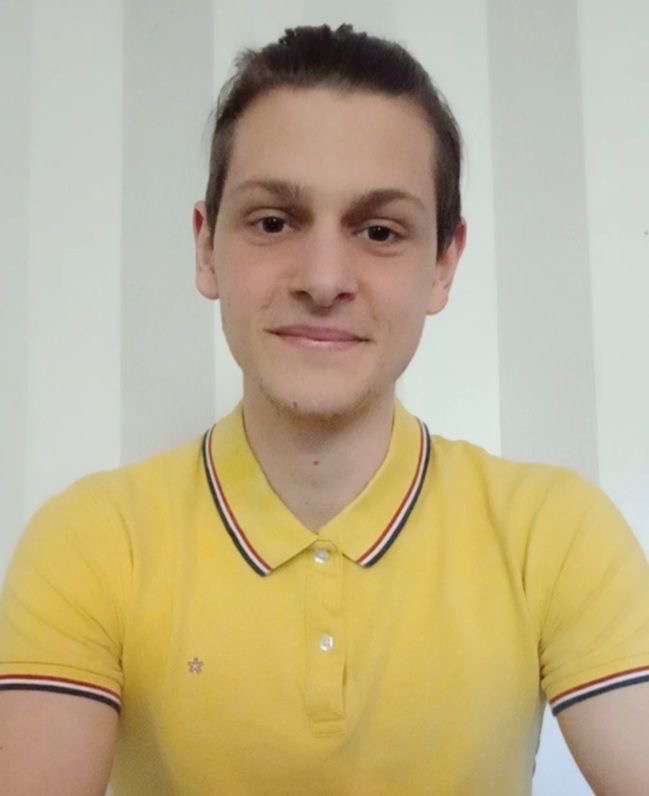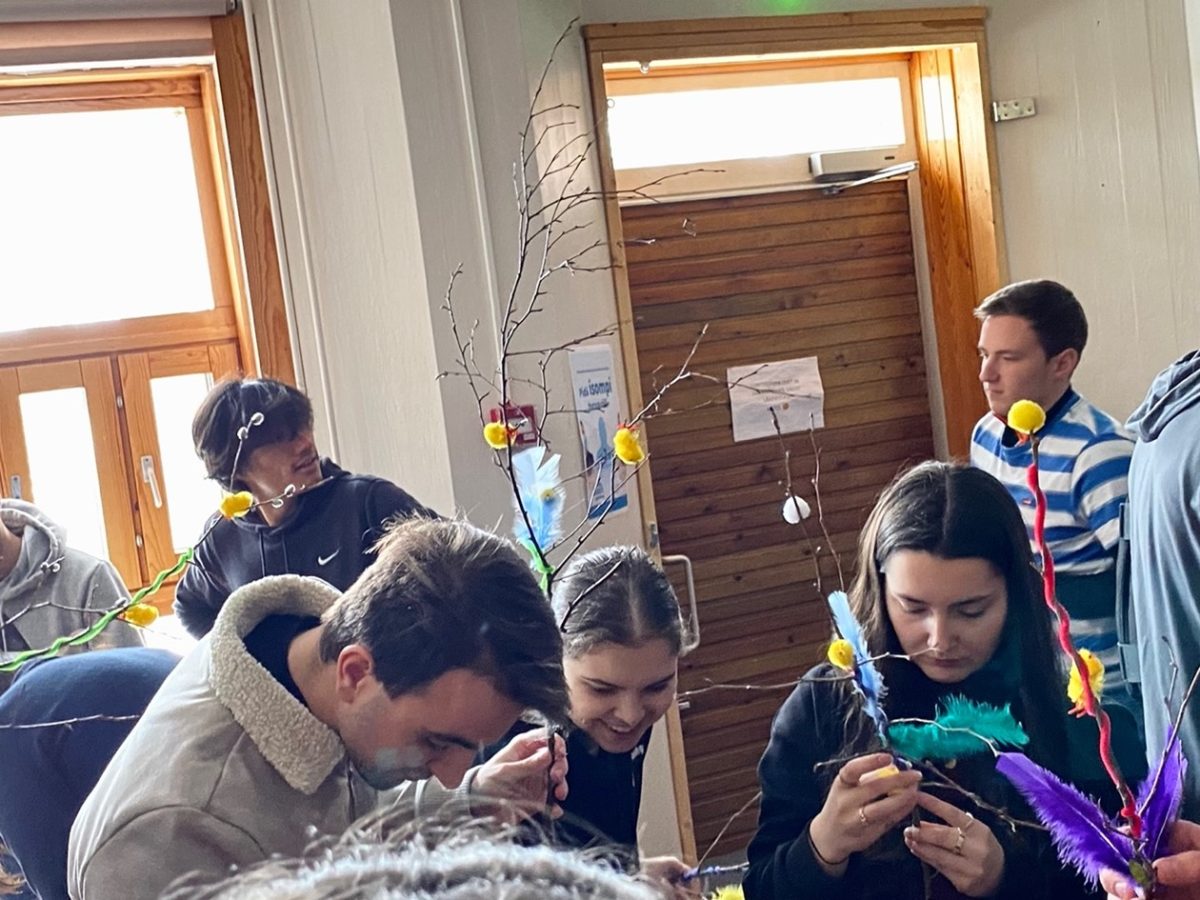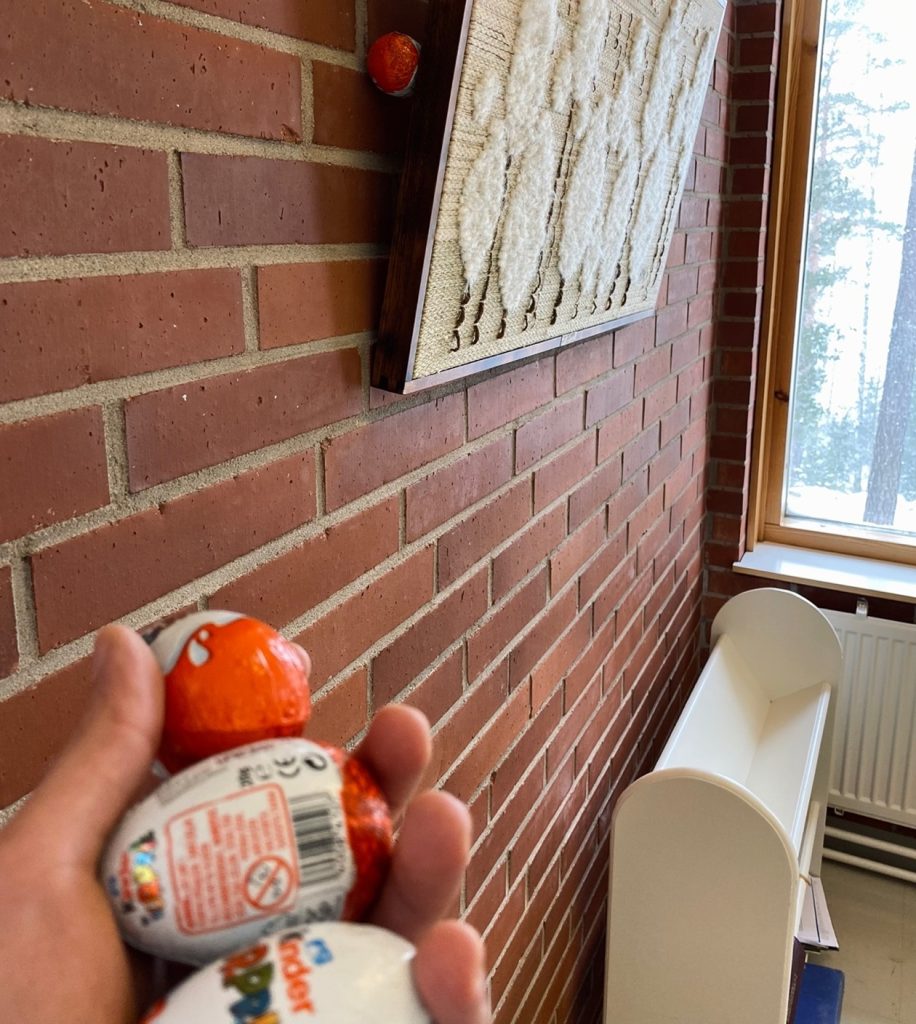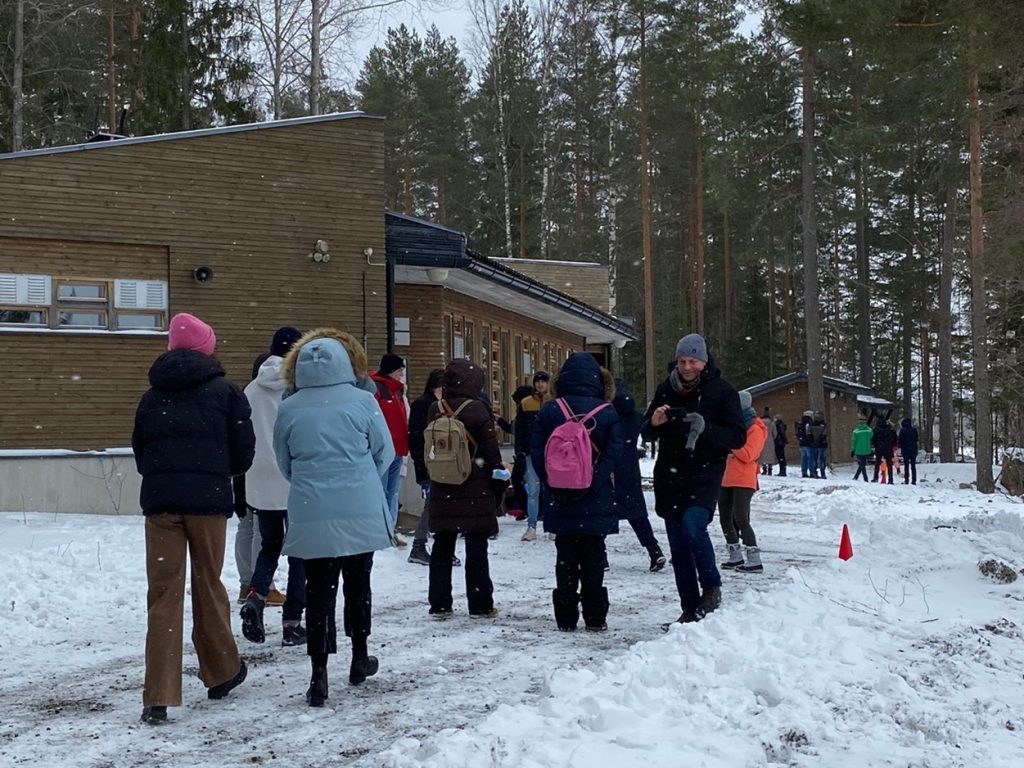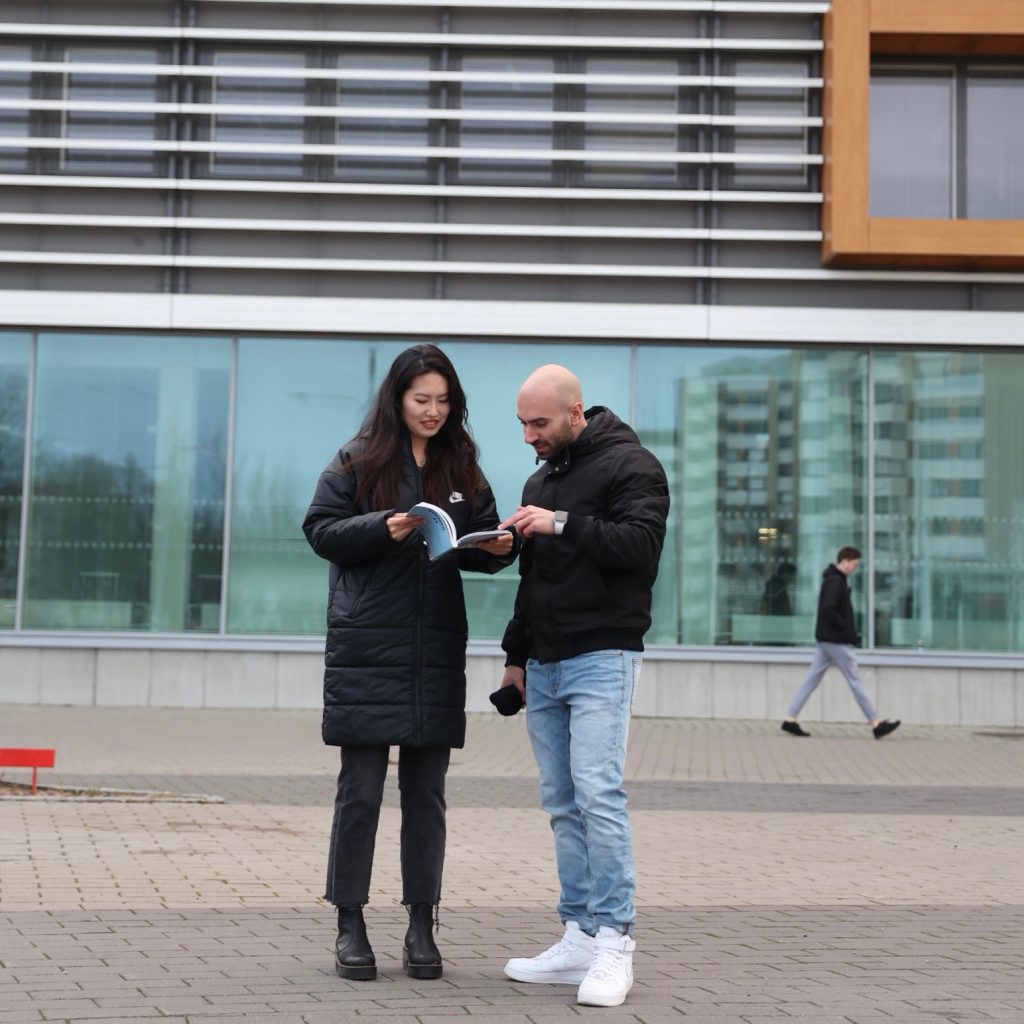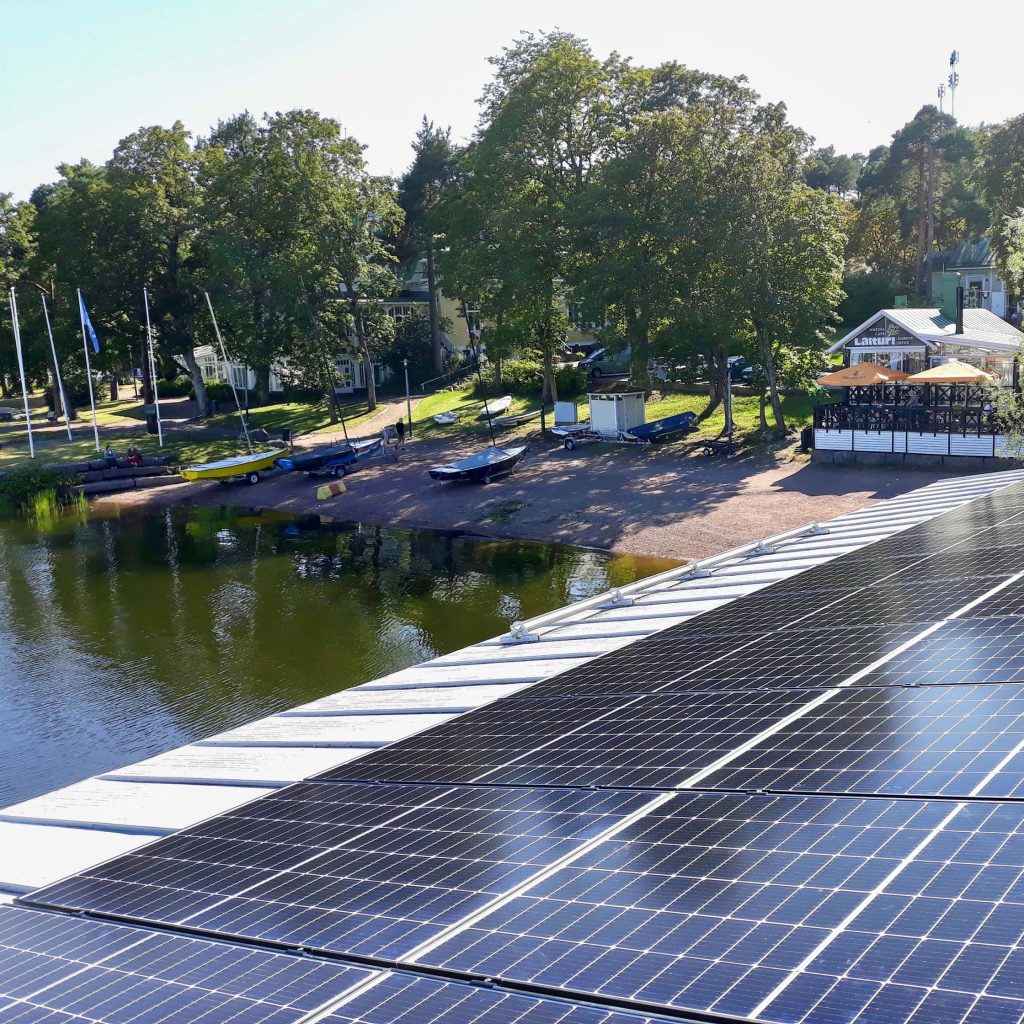”Let’s say, about 80% of these things are new to me. Thank you for teaching us these things.”
This was a comment from one participant in the workshop on digital literacy conducted by project researchers from Satakunta University of Applied Sciences (SAMK) in Pori on February 21, 2023.
The event was part of the HyHy (Hyvinvointia Hybridisti) and TEKOS (Teknologialla osallisuutta – verkostolla vaikuttavuutta) -projects. HyHy project aims to promote digital interaction through co-creation, workshops, and training. TEKOS project on the other hand aims to improve social inclusion and participation through technology.
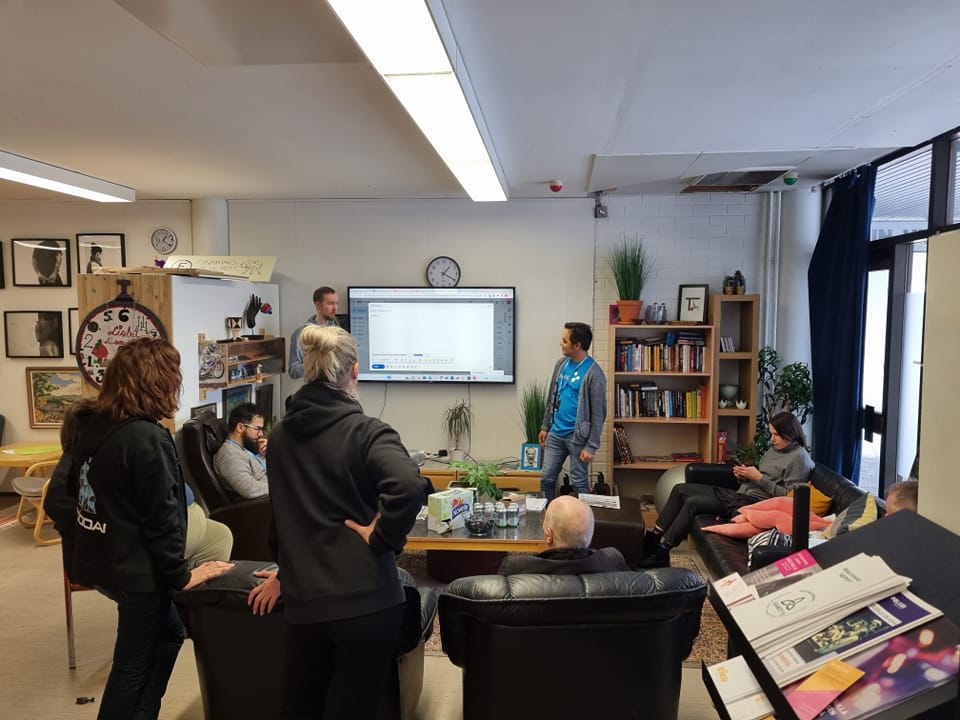
Photo: Lissu Social Club, kynnyksetön palvelupiste.
During the workshop, SAMK researchers worked with participants to develop their digital literacy skills. They learned how to better use email, getting familiar with google services and learning cyber security. The training was designed to help individuals develop the necessary skills to navigate the increasingly digital world, from online communication to remote service access.
The Lissu Social Club which is located in Pori center was an ideal location for the workshop as it is a community-based organization that provides a safe and welcoming environment for vulnerable individuals to gather and socialize. The workshop was well-received by participants who appreciated the opportunity to learn and improve their digital skills.
The participants and the staff from Lissu Social Club expressed their gratitude for the learning opportunity. They all agreed that this knowledge is practically necessary so that they, especially the clients from Lissu, can have equal opportunity in accessing social and health services.
Overall, the SAMK digital literacy workshop at Lissu Social Club was a successful event that demonstrated the importance of digital literacy training in today’s world. The HyHy and TEKOS projects are exciting initiatives that will continue to support the community in developing essential digital skills and making sure that no one is left behind when it comes to digital development in our society.
For more info:
Hyvinvointia Hybridisti -hanke: https://www.metropolia.fi/fi/tutkimus-kehitys-ja-innovaatiot/hankkeet/hyvinvointia-hybridisti
TEKOS -hanke: https://www.roboai.fi/tutkimus-ja-tuotekehitys/projektit/tekos/
For inquiries related to the event, contact: ryann.a.deloso@samk.fi
Text: Project Researcher Ryann Deloso
Article photo (Ryann Deloso): SAMK’s project researchers with Tiina Mäkitalo (far right) HyHy’s project manager in SAMK.

